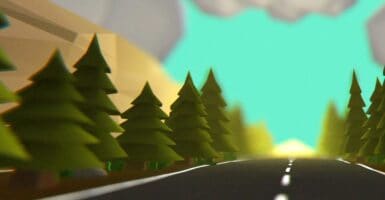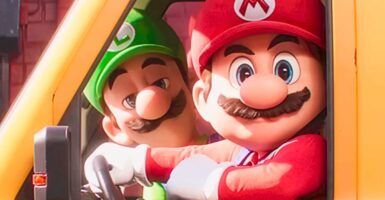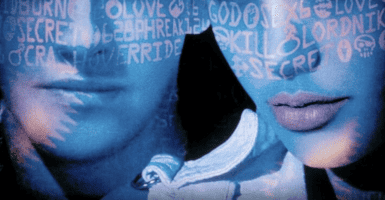The 10 Most Beautifully Shot Movies Of All Time
The Tree of Life, Apocolypse Now, and The Grand Budapest Hotel top the charts for some of the most beautifully shot movies ever.

A great film contains more than just a good story with realistic acting. To be a truly good movie, the filmmakers must combine a collage of art forms, including storytelling, set design, costume and makeup, performance art, and cinematography. Capturing a scene as it is isn’t enough, films require a director of photography to manipulate light, color, and angles to tell a visual story through framing.
These 10 movies are films that went above and beyond and used stunning visuals to enhance the story and create some of the most beautifully shot films of all time.
10. In the Mood for Love (2000)


REVIEW SCORE
Kar-Wai Wong wrote and directed this Hong Kong and France production collaboration starring Maggie Cheung, Tony Leung Chiu-wai, Sui Ping-Lam, and Tung Cho ‘Joe’ Cheung in 2000 about two neighbors who develop a strong bond with one another after they discover that their spouses have been cheating on them with their respective partners. The cinematography in the film is visually stunning, characterized by its meticulous attention to detail and exquisite composition. Christopher Doyle, the director of photography for the film, collaborated closely with Wong Kar-wai to create a distinct visual style that features a rich color palette, with vibrant hues and contrasting shades that enhance the mood and atmosphere of each scene.
9. The Grand Budapest Hotel (2014)
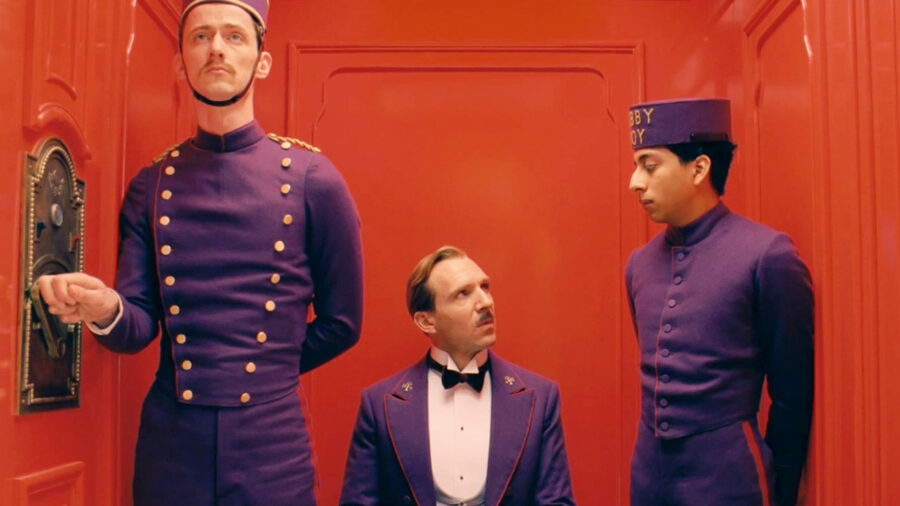

REVIEW SCORE
The Wes Anderson feature, The Grand Budapest Hotel, showcases Anderson’s signature style complete with symmetrical imagery, nostalgic design, and pastel color palettes. The film, which depicts the owner of a high-class hotel’s glory days as a lobby boy, stars an ensemble cast of A-list Hollywood actors including Ralph Fiennes, F. Murray Abraham, Mathieu Amalric, Adrien Brody, Willem Dafoe, Jeff Goldblum, Jude Law, Bill Murray, Edward Norton, and Saoirse Ronan.
Each scene in Grand Budapest is meticulously designed, with carefully arranged props, set pieces, and characters, with visually stunning results. The careful attention to detail, combined with the precise use of color palettes, creates a visually captivating and whimsical world that draws the audience into the film’s universe.
8. Apocalypse Now (1979)
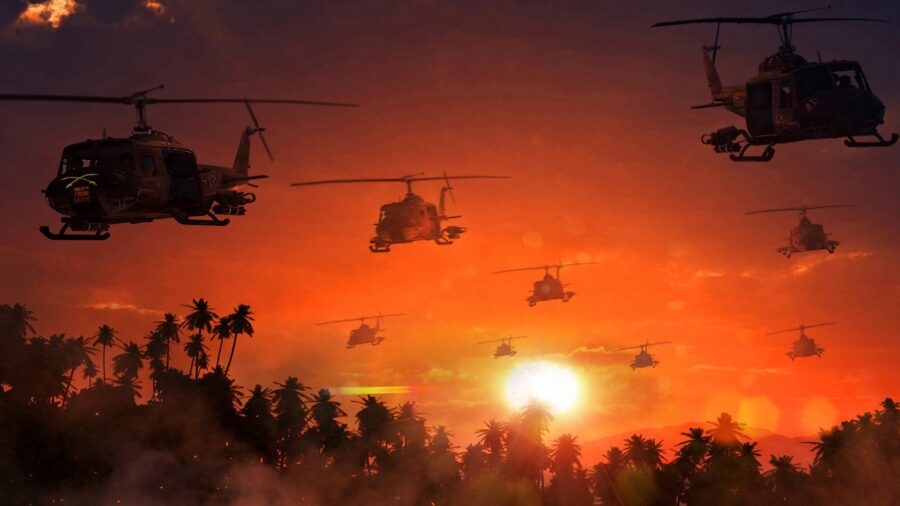

REVIEW SCORE
Brought to you by the man who created the iconic Godfather franchise, Francis Ford Coppola, Apocalypse Now follows a U.S. Army Officer serving in Vietnam who is assigned an assassination mission. The movie stars Martin Sheen, Marlon Brando, and Robert Duvall with cinematography by Vittorio Storaro who skillfully employs various framing techniques and shot compositions to create visually striking and memorable scenes. The film is rich in wide shots that capture the vast and immersive landscapes of Vietnam, showcasing the beauty and brutality of the war-torn environment while also using contrasting colors, such as the vibrant green of the jungle against the fiery red and orange of explosions, to create a visually intense and evocative atmosphere.
7. The Thin Red Line (1998)


REVIEW SCORE
Terrance Malick’s The Thin Red Line stars Jim Caviezel, Sean Penn, and Nick Nolte in a story about the conflict at Guadalcanal during WWII based on James Jones’ autobiographical novel released in 1962. The film is considered to be one of the most beautifully shot movies because of the awe-inspiring portrayal of the natural world, with a particular focus on the lush and untamed landscapes of Guadalcanal, an island in the Solomon Islands within Oceania, during that timeframe. Cinematographer John Toll skillfully captures the beauty, grandeur, and inherent power of nature through stunning wide-angle shots, sweeping vistas, and immersive close-ups.
6. Days of Heaven (1978)


REVIEW SCORE
Another Terrance Malick production, Days of Heaven is also considered to be one of the most beautifully shot films in the history of cinematography. The film stars Richard Gere, Brooke Adams, and Sam Shepard in a story about an irritable and fiery farmhand who persuades the woman he loves to marry their wealthy boss so that when he dies they can claim his fortune.
Malick worked with cinematographers Nestor Almendros and Haskell Wexler this time who manipulated natural light to create breathtaking and ethereal visuals. The film relied heavily on the magic hour—the period just before sunrise or sunset when the natural light is soft and golden. This technique bathes the film in a warm and dreamlike glow, enhancing the romantic and poetic atmosphere of the story.
5. There Will Be Blood (2007)
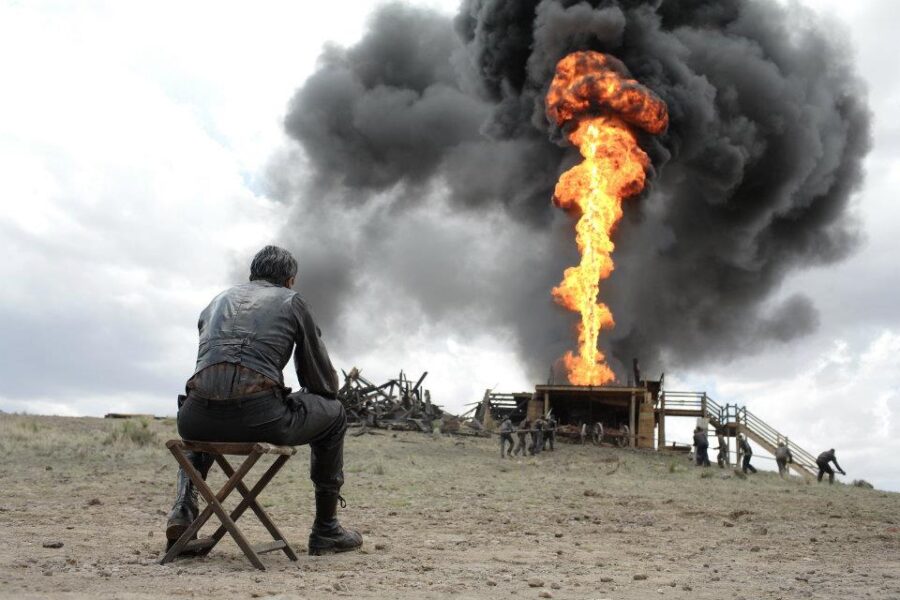

REVIEW SCORE
Daniel Day-Lewis stars as a prospector during the turn-of-the-20th-century in a story about family, religion, hate, and money, directed by Paul Thomas Anderson. In addition to Day-Lewis, the film also stars Paul Dano, Ciarán Hinds, Barry Del Sherman, and Paul F. Tompkins, while Robert Elswit crafted the visual images.
The film is filled with meticulously framed shots that create a sense of visual harmony and balance while using vast, desolate landscapes to evoke images of early 20th-century California and produce a sense of isolation and solitude. The film’s rich color palette, featuring earthy tones and deep contrasts, enhances the gritty and atmospheric nature of the story.
4. The Revenant (2015)
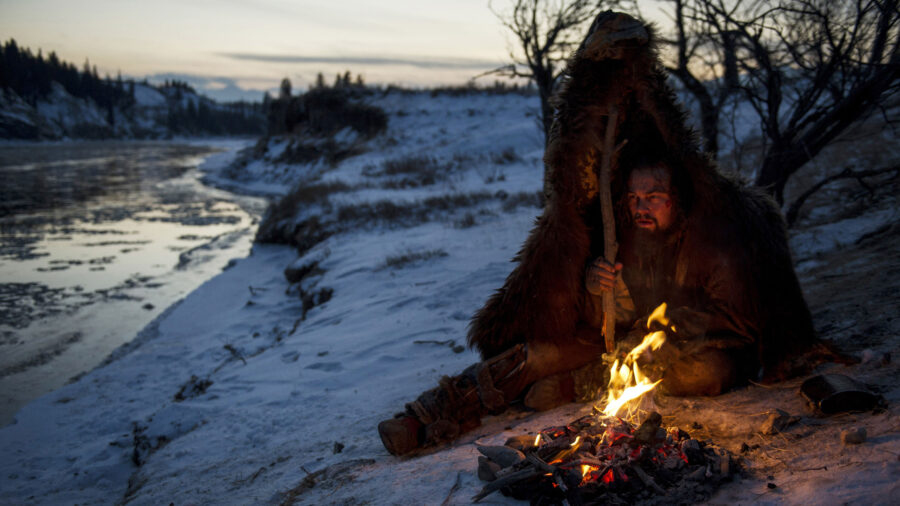

REVIEW SCORE
The film that finally won Leonardo DiCaprio an Academy Award is based on the true events of a frontiersman in the 1820s who was mauled by a bear and left by his party to die in the wilderness. The movie was directed by Alejandro G. Iñárritu and also stars Tom Hardy, Will Poulter, and Domhnall Gleeson with cinematography done by executed by Emmanuel Lubezki (who is also known as Chivo, which means “goat” in Spanish).
Lubezki’s approach in capturing the film’s visuals relied heavily on natural light sources, particularly the interplay between sunlight and the environment. This detailed use of natural lighting creates a sense of authenticity and realism, immersing the audience in the harsh and unforgiving wilderness. The film’s visuals are punctuated by mesmerizing shots of vast snow-covered landscapes, majestic mountains, and serene forests, which emphasize the beauty and grandeur of nature.
3. Lawrence of Arabia (1962)
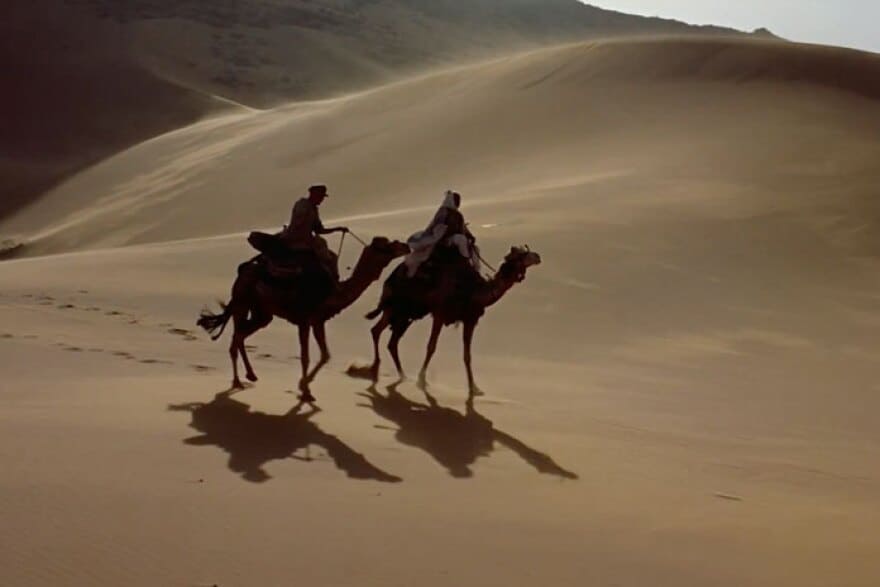

REVIEW SCORE
One of the most famous classic films, Lawrence of Arabia was directed by David Leen and stars Peter O’Toole, Alec Guinness, and Anthony Quinn. The film follows an English Officer Named T.E. Lawrence during World War I who managed to successfully unite and lead numerous Arab tribes, who were often at odds with each other, in an effort to fight against the Turks.
The film features sweeping panoramic shots of the desert landscape, showcasing its immense beauty and harshness. Cinematographer Freddie Young utilized wide-angle lenses and wide shots to emphasize the vastness and isolation of the desert, immersing the audience in its majestic and otherworldly atmosphere.
2. The Tree of Life (2011)
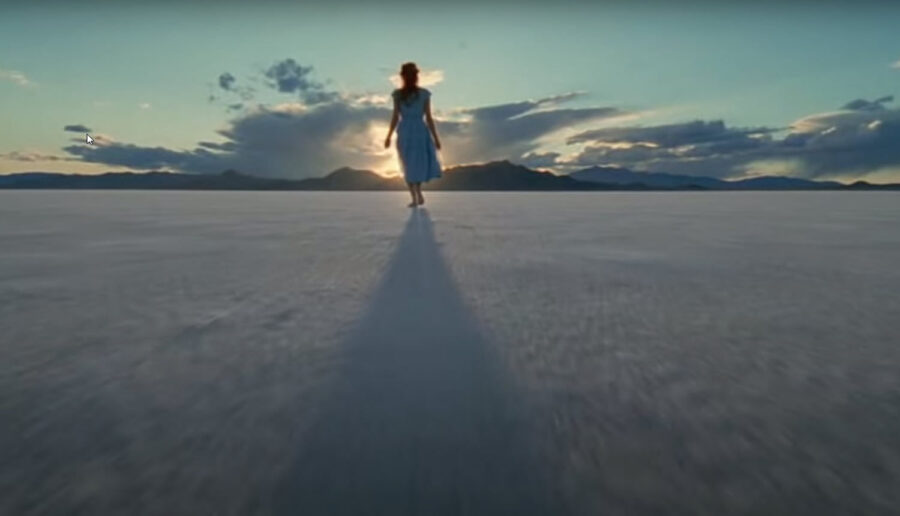

REVIEW SCORE
Yet another Terrance Malick film to appear on this list, The Tree of Life stars Brad Pitt, Sean Penn, and Jessica Chastain in a story about a family in Waco, Texas in 1956. The cinematography in the film is renowned for its poetic and visually arresting portrayal of life, nature, and the human experience.
For this film, Malick employed Emmanuel Lubezki (who worked on The Revenant) to be the film’s cinematographer. The pair collaborated closely to create a series of evocative and dreamlike images that weave together stunning shots of the natural world, intimate moments of human existence, and cosmic imagery to create a visual symphony that captures the essence of life’s beauty and complexity. Lubezki’s use of natural light, delicate camera movements, and breathtaking compositions immerses the audience in a meditative and contemplative journey.
1. Blade Runner 2049 (2017)
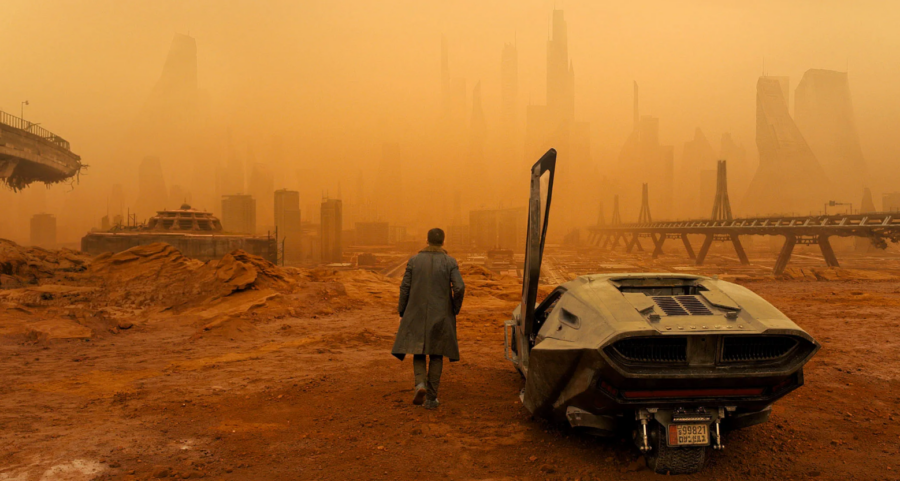

REVIEW SCORE
The sequel to Ridley Scott’s Blade Runner, Blade Runner 2049 follows K, a young Blade Runner, who uncovers a buried secret that compels him to search for Rick Deckard, a former Blade Runner who has been missing for three decades. The film was directed by Denis Villeneuve and stars Ryan Gosling, Harrison Ford, and Ana de Armas.
Roger Deakins, the film’s cinematographer, crafts each frame to evoke a futuristic and dystopian atmosphere. The film is filled with breathtaking shots of sprawling cityscapes, vast desolate landscapes, and intricate set designs that immerse the audience in a fully realized and visually rich future. Deakins expertly utilizes lighting, color, and composition to create a distinct visual language that reflects the film’s themes of identity, memory, and humanity, making this film one of the most visually stunning movies in cinema history.










